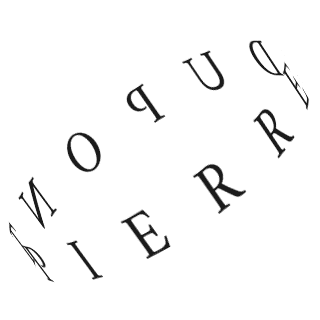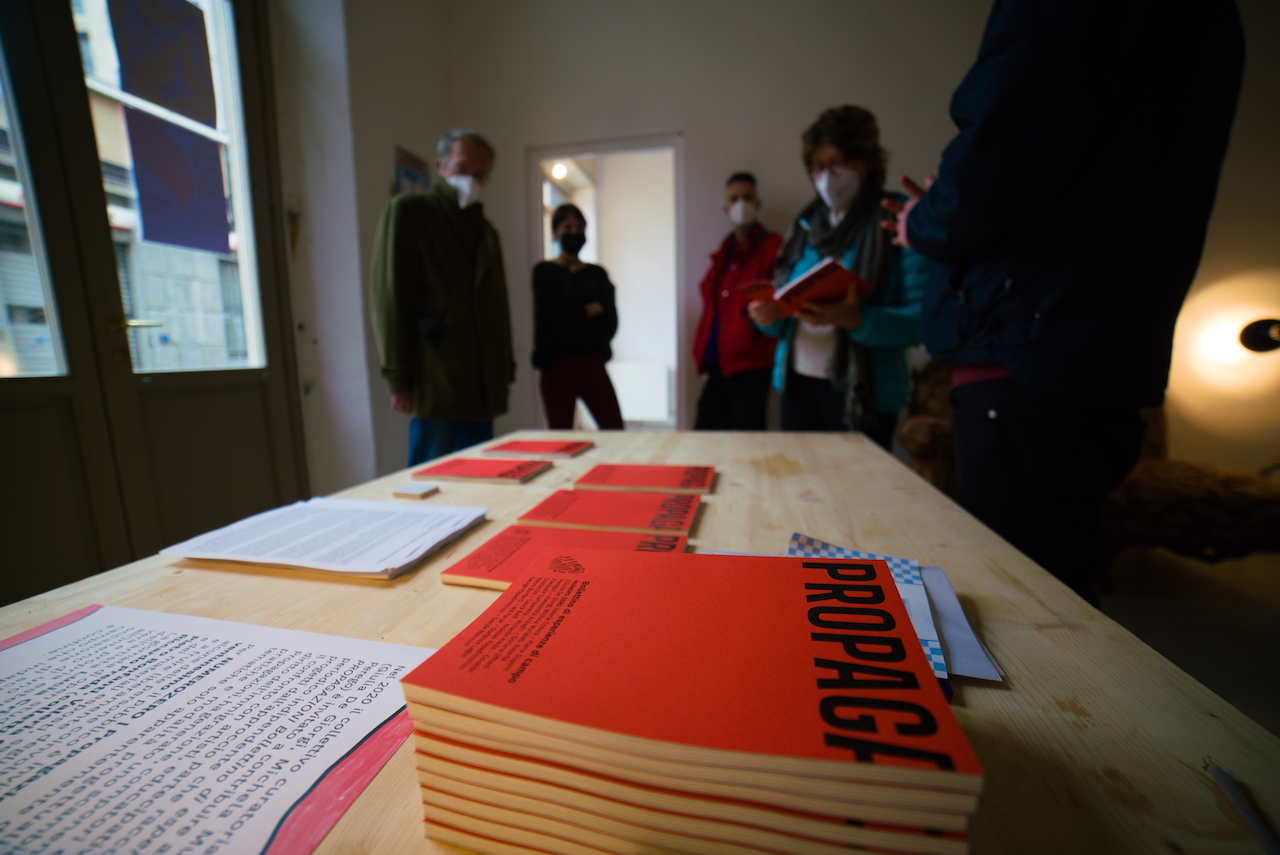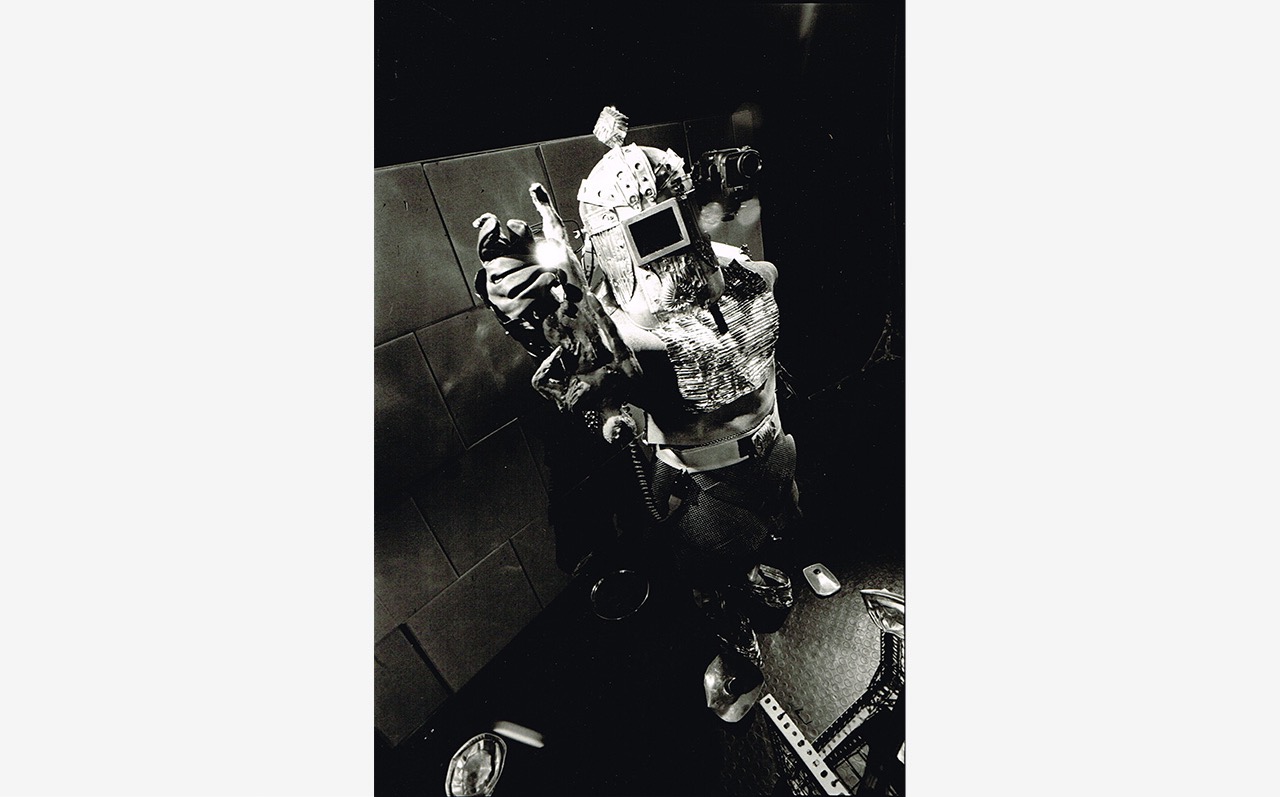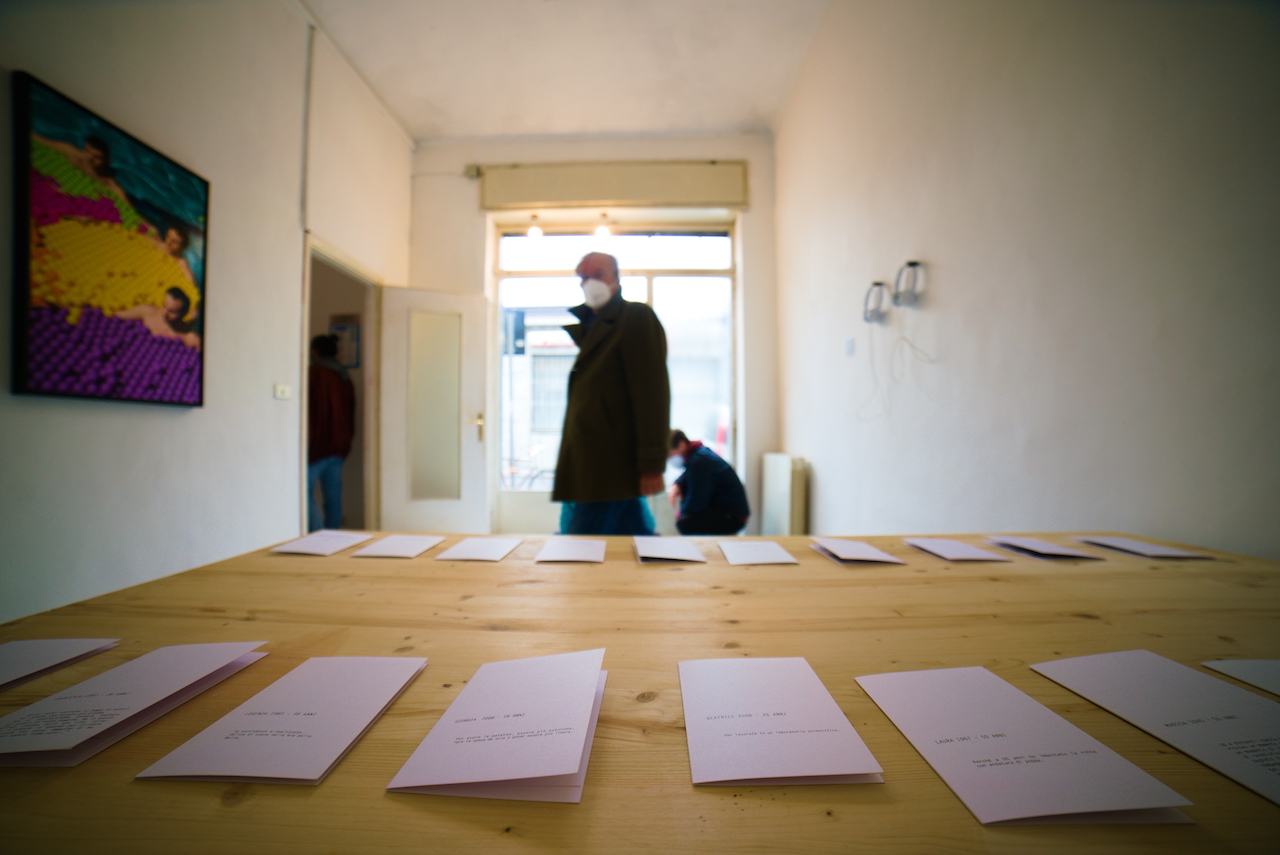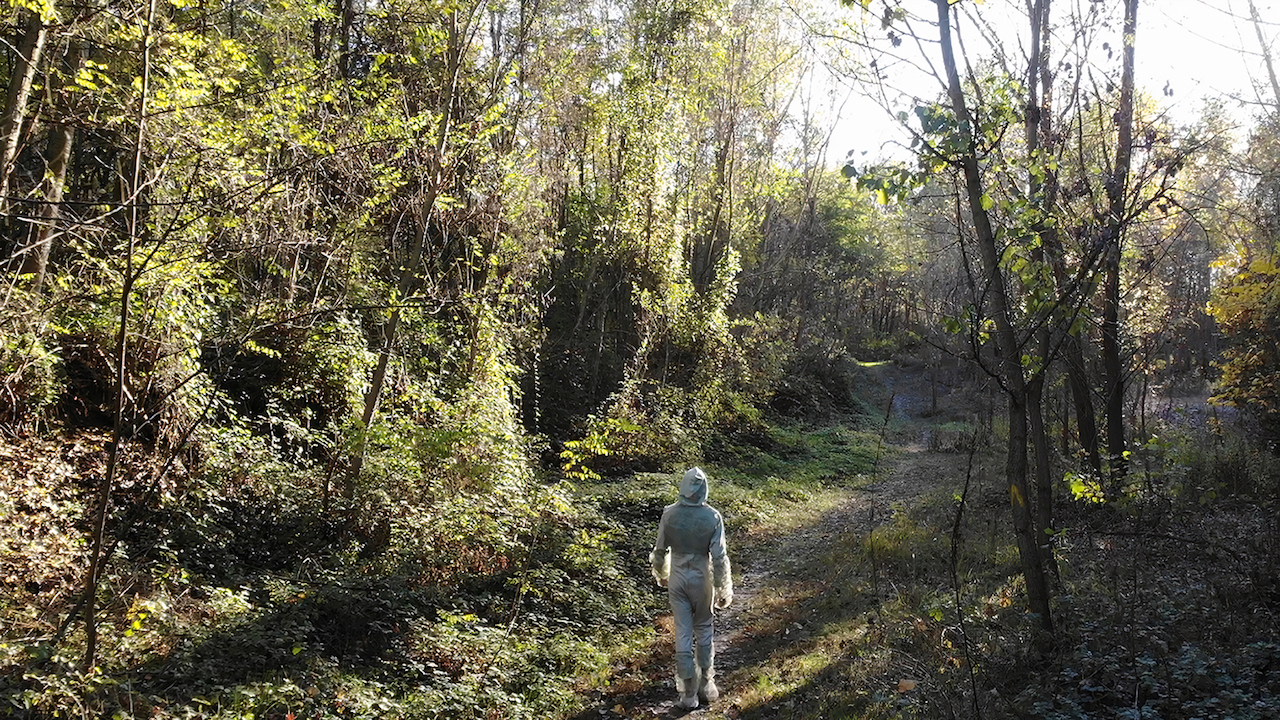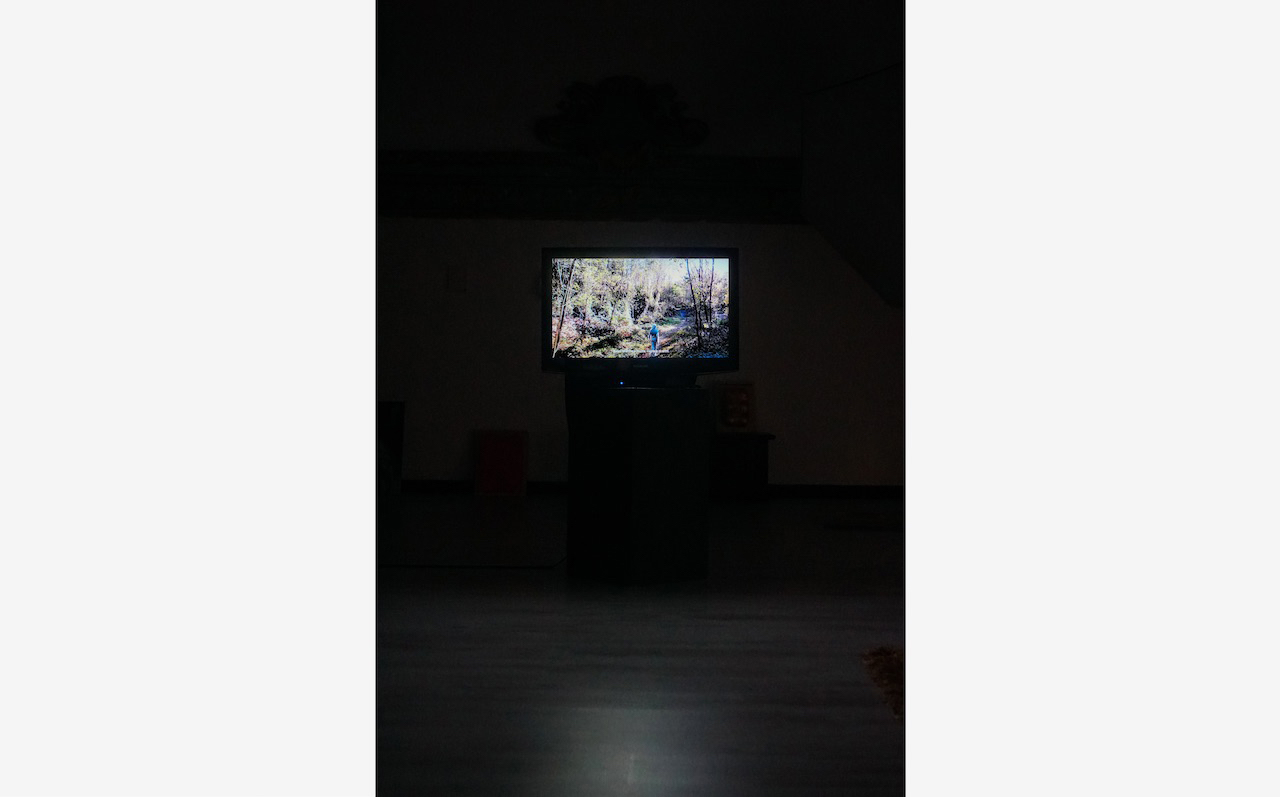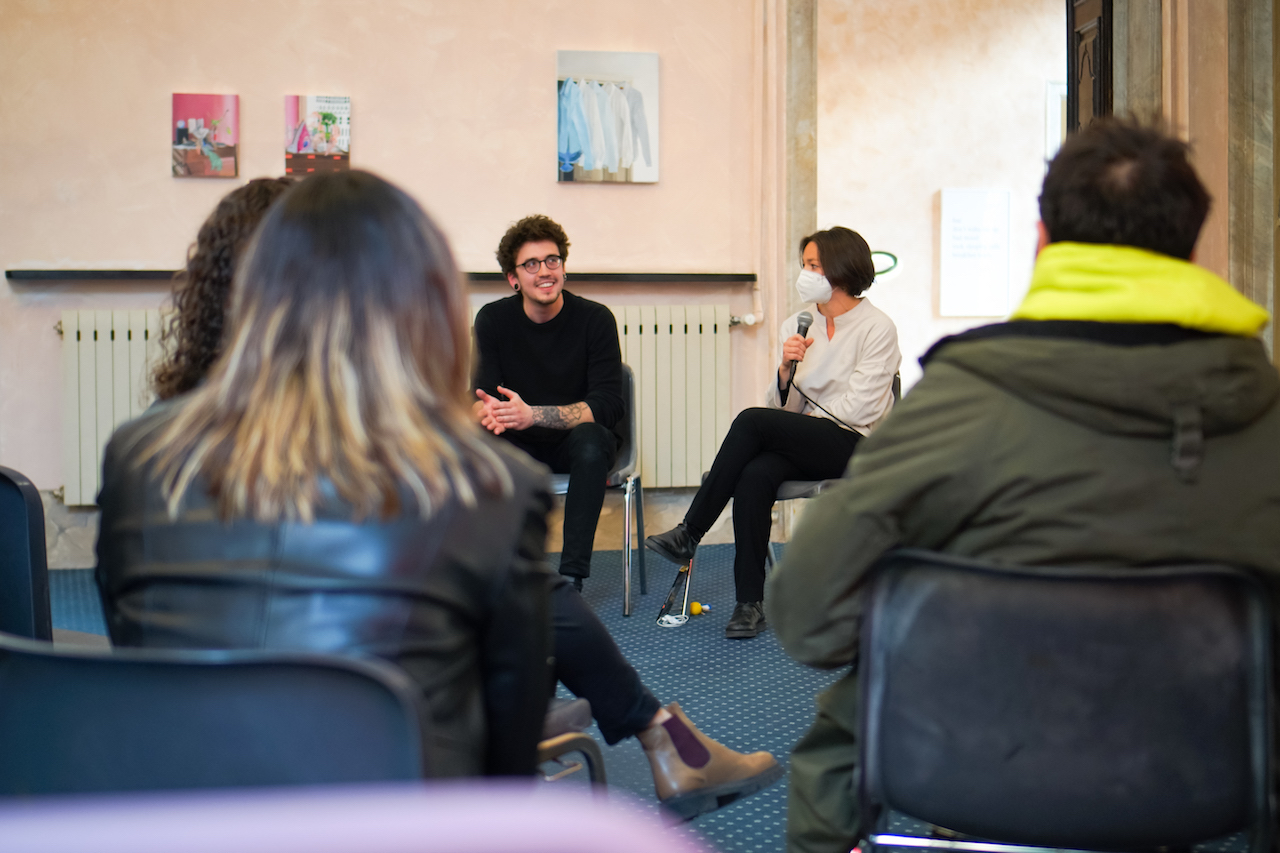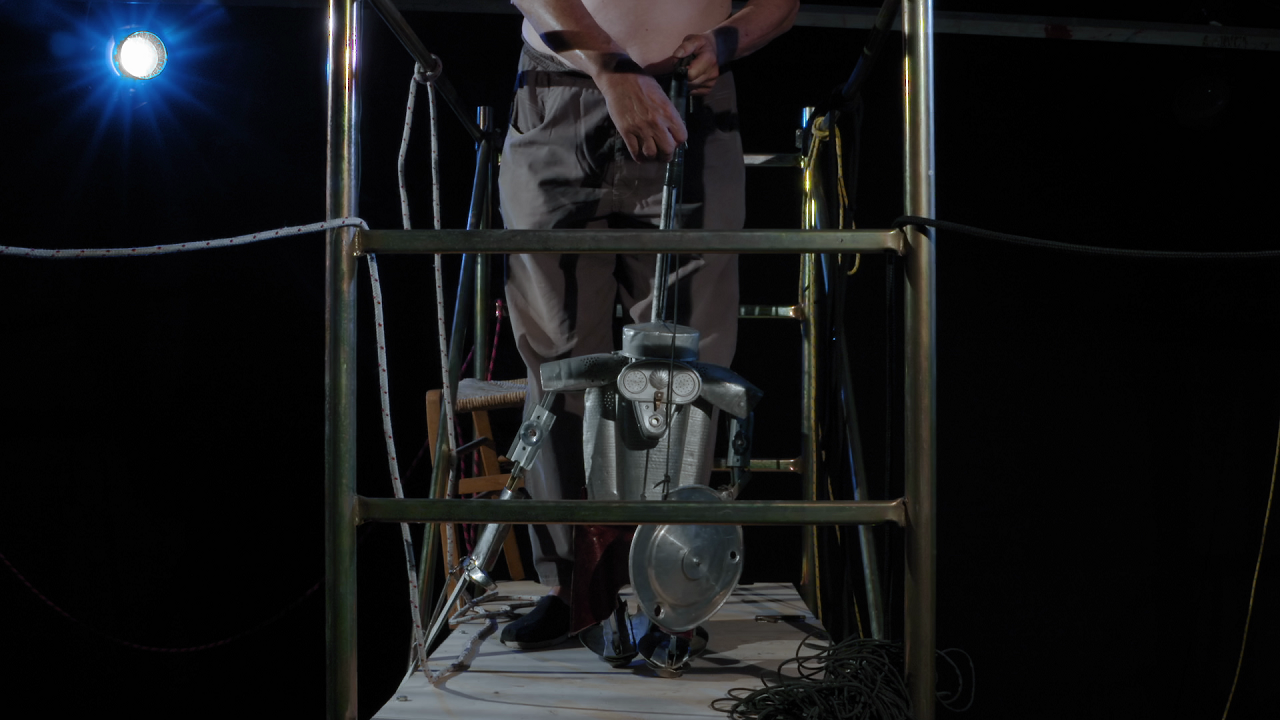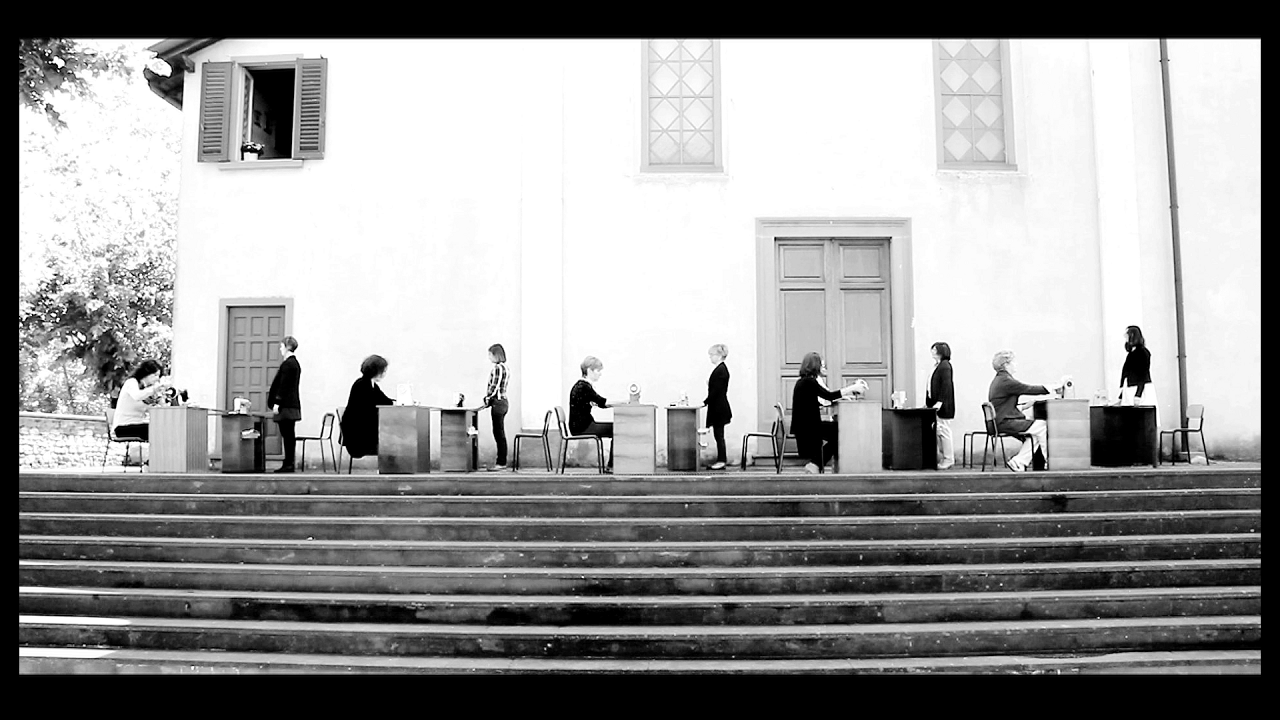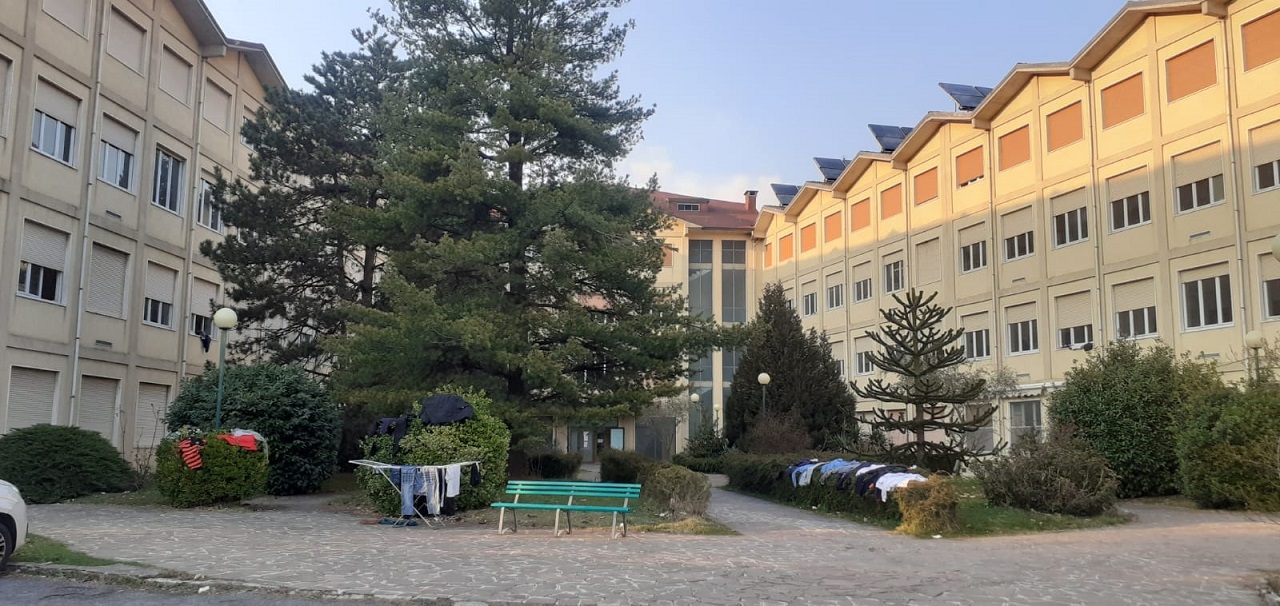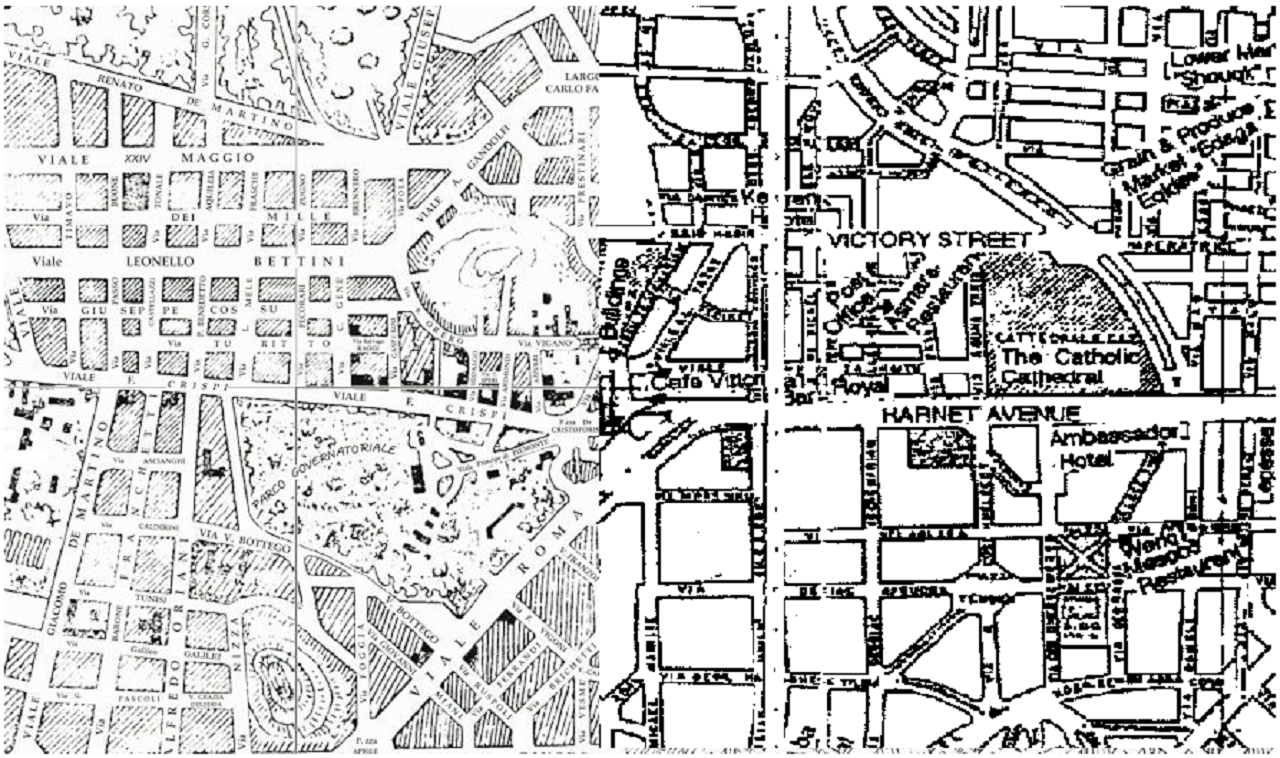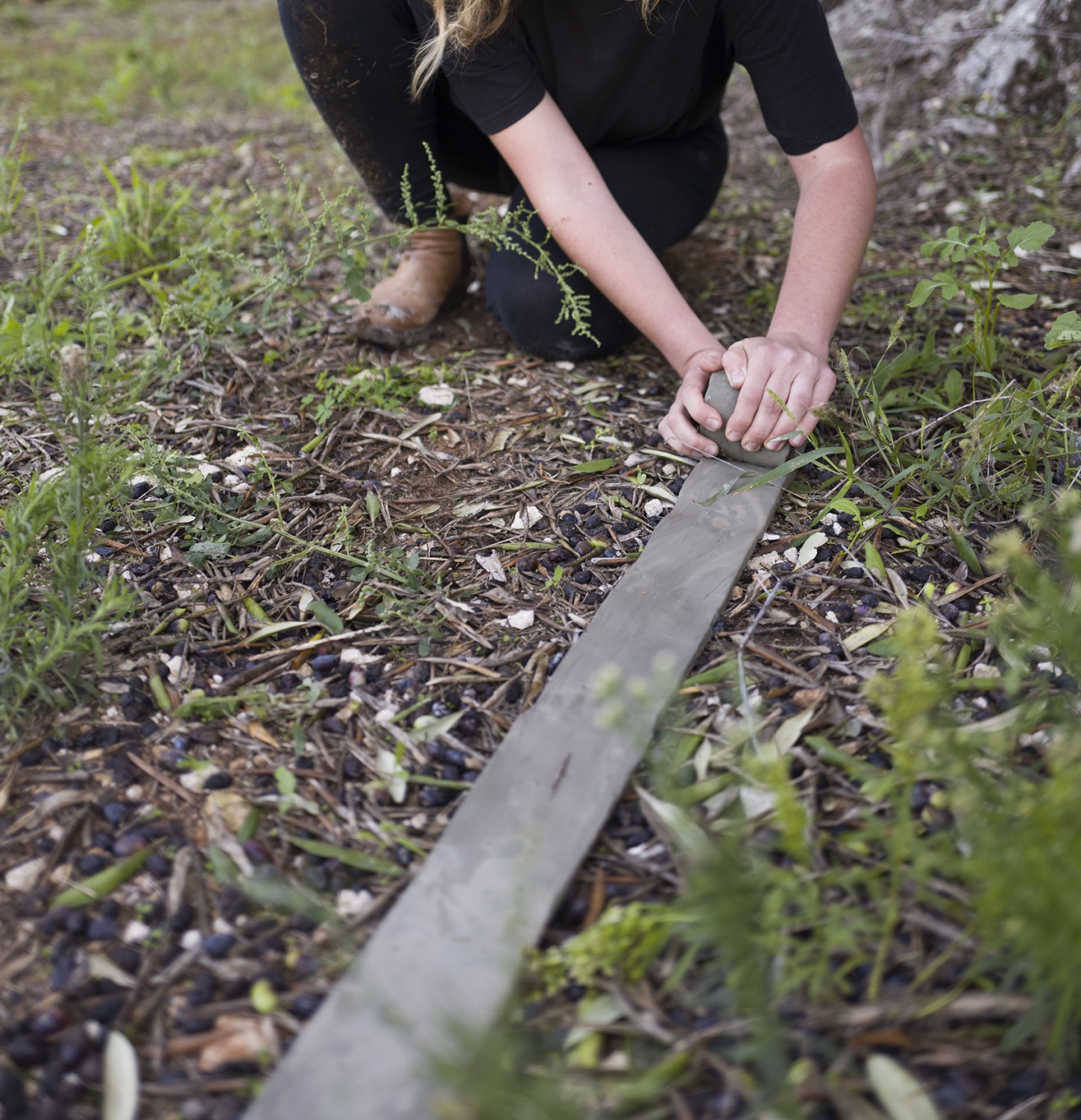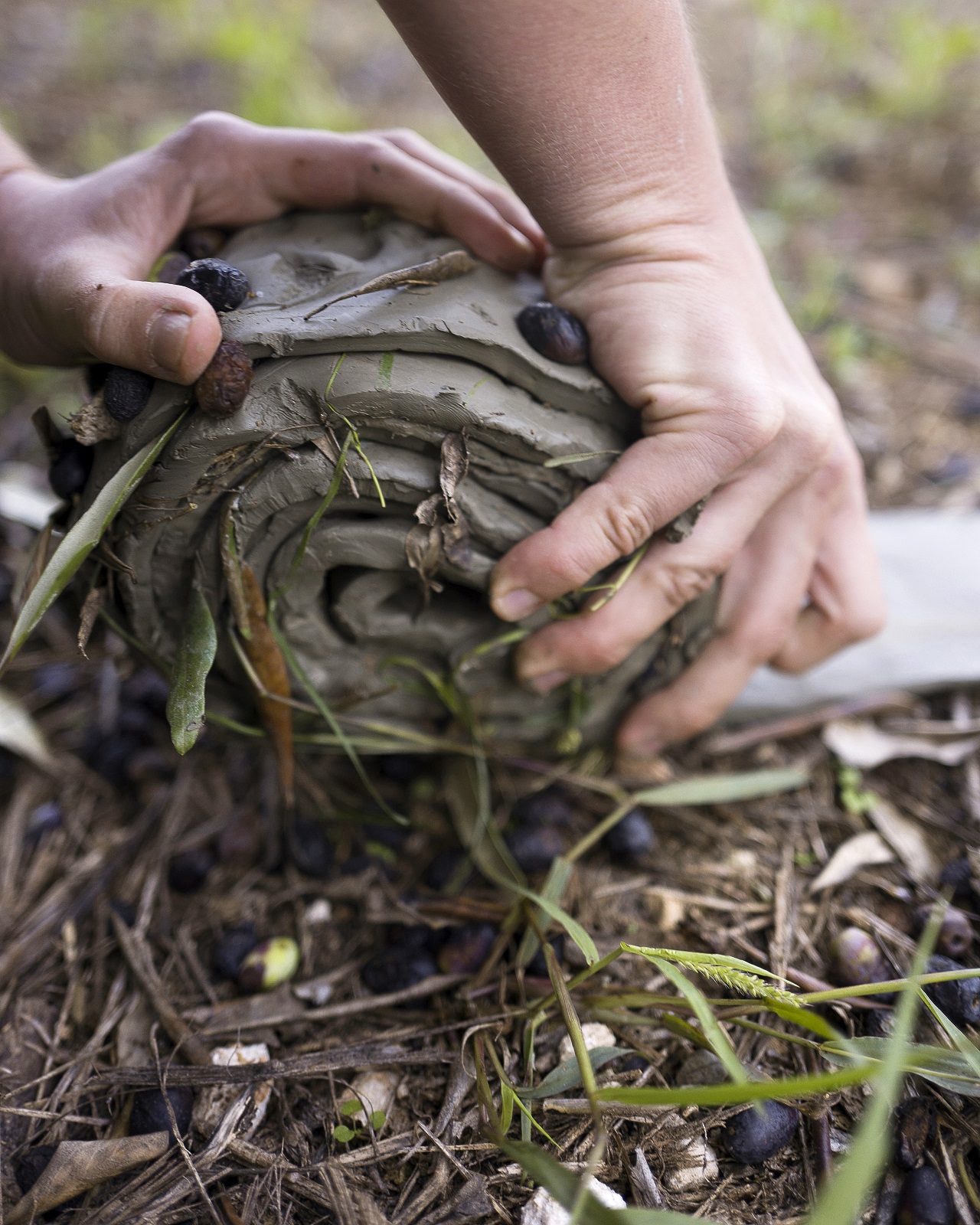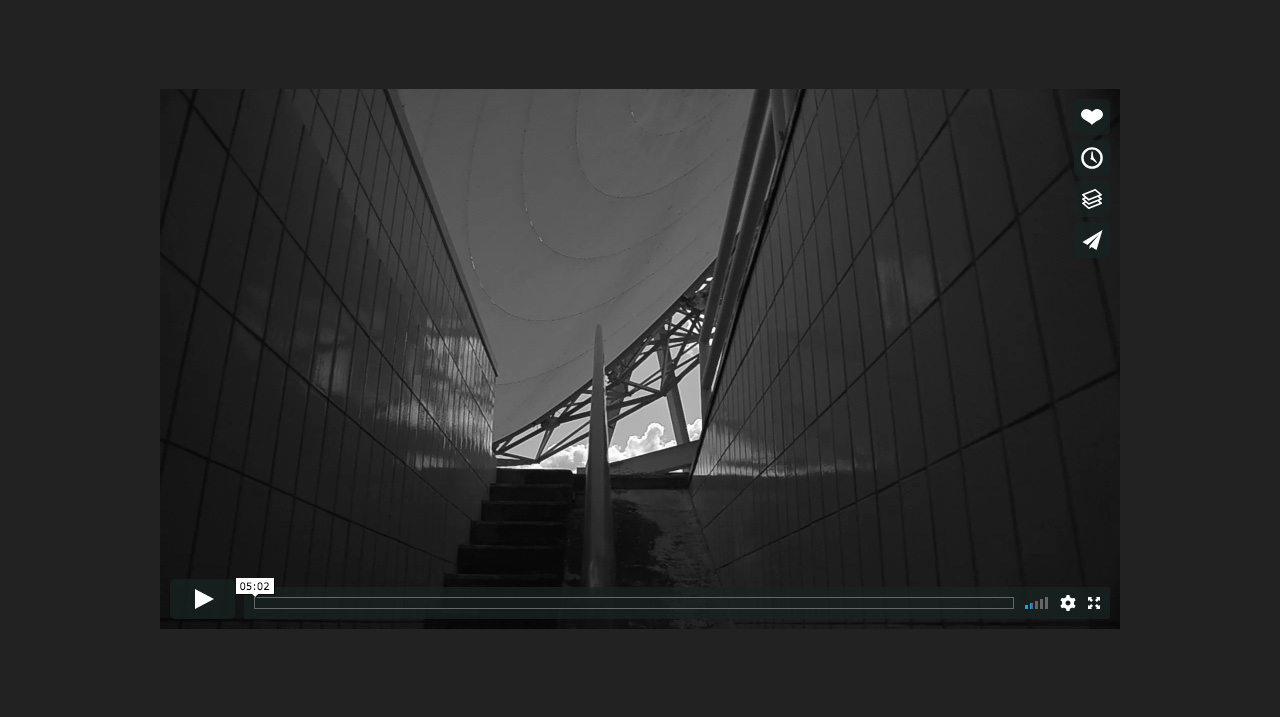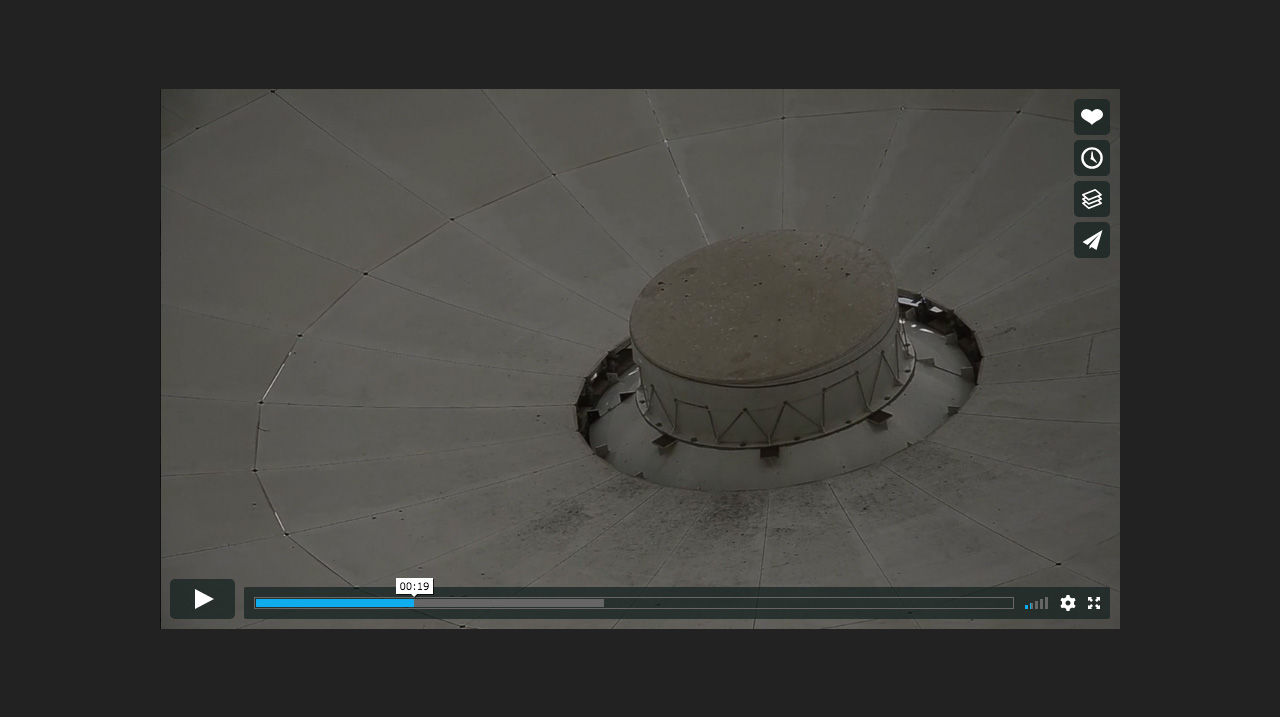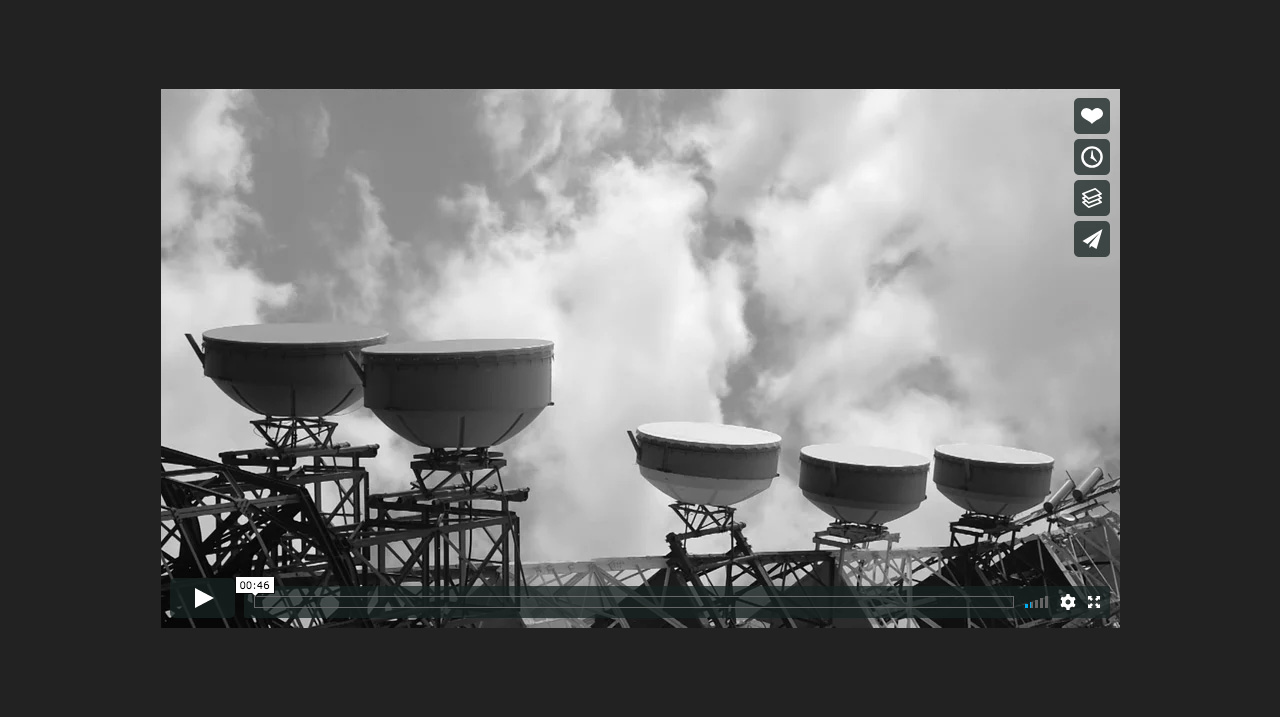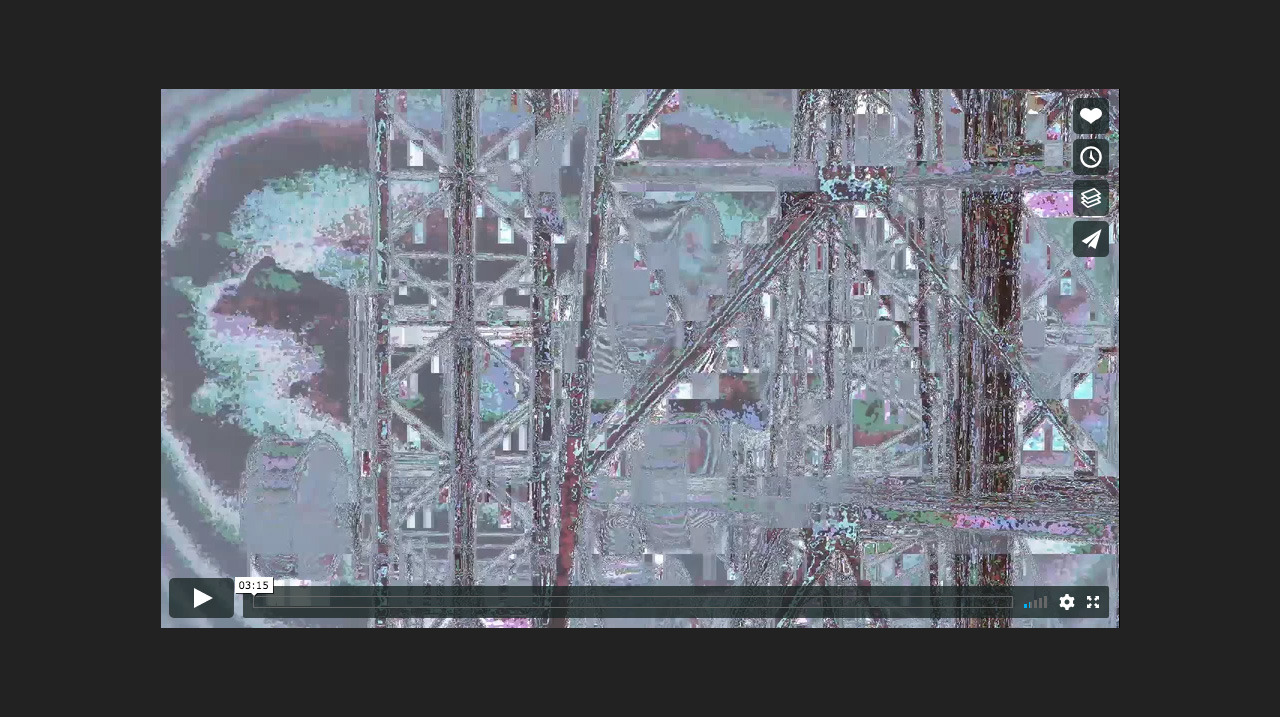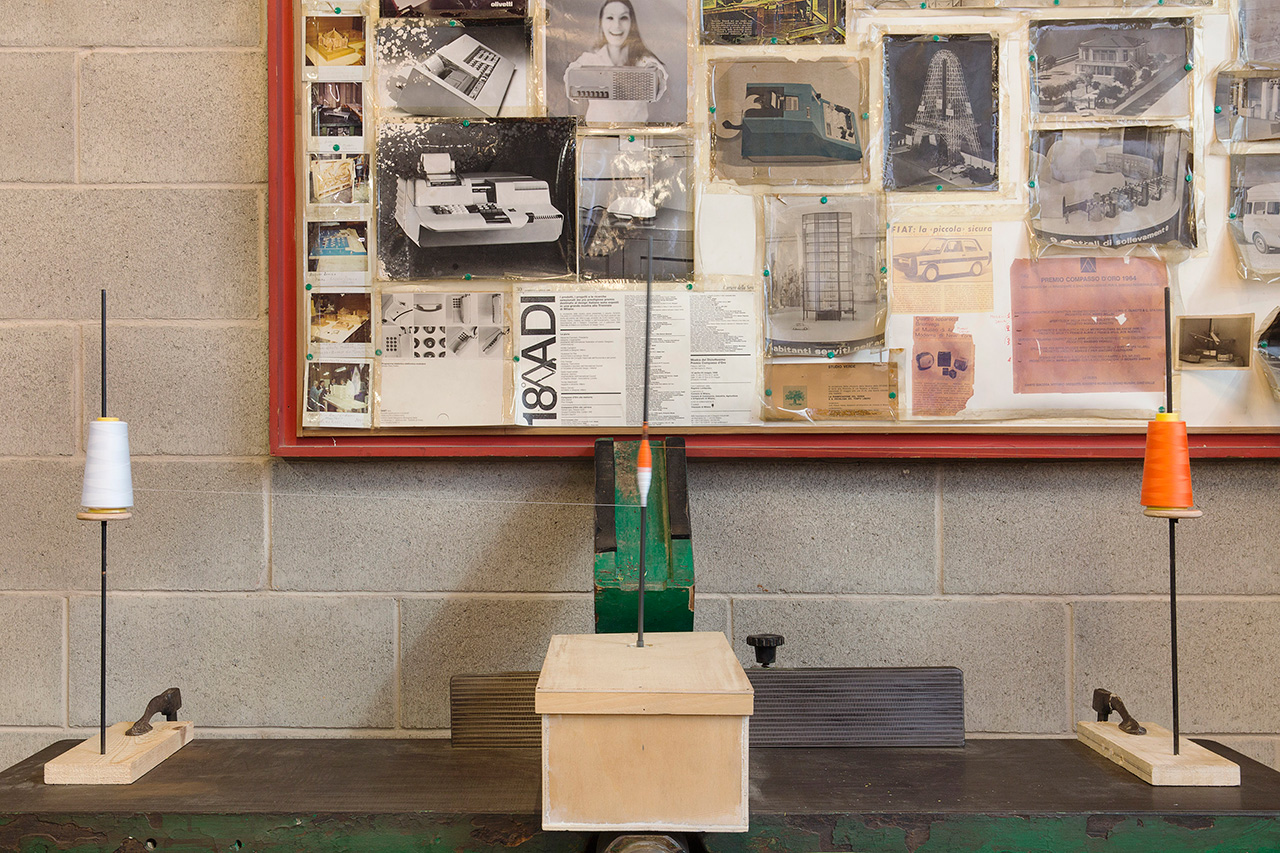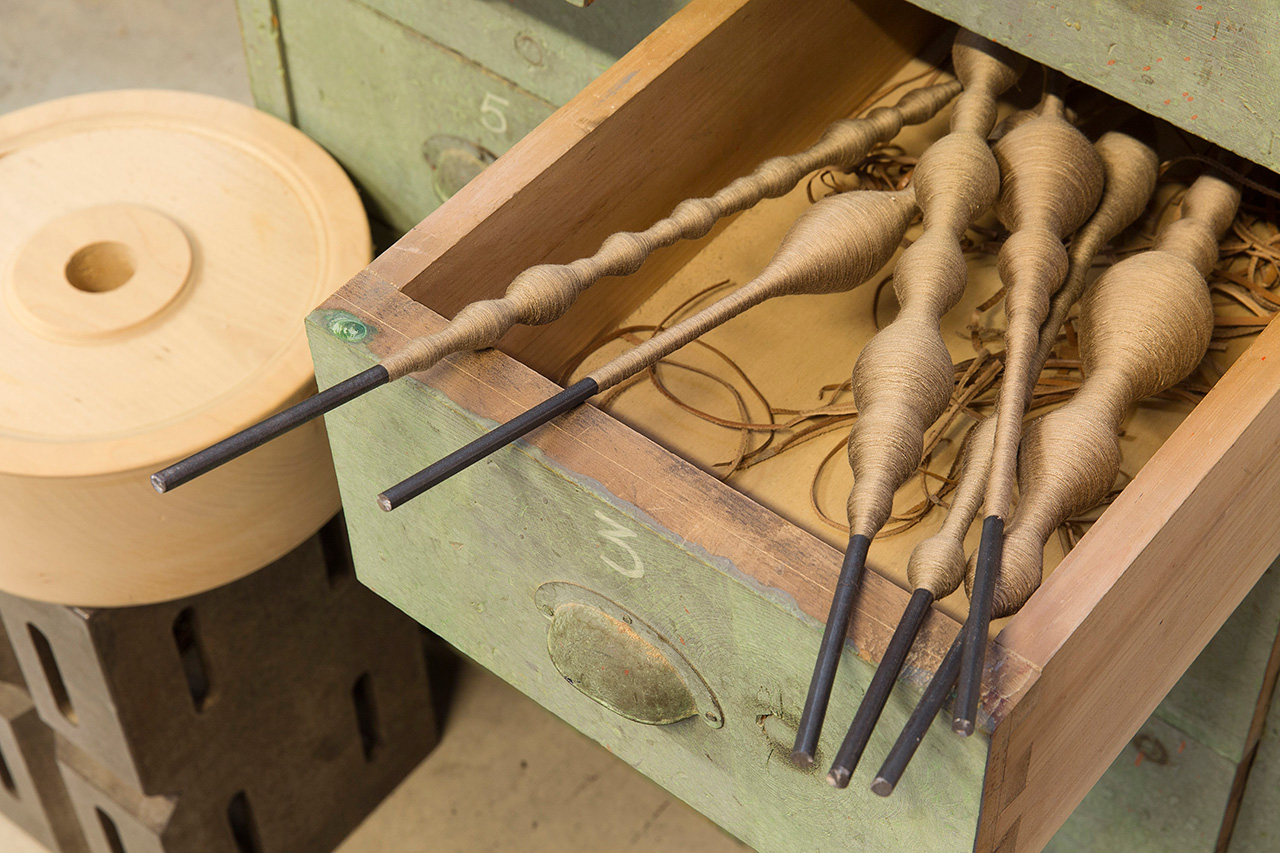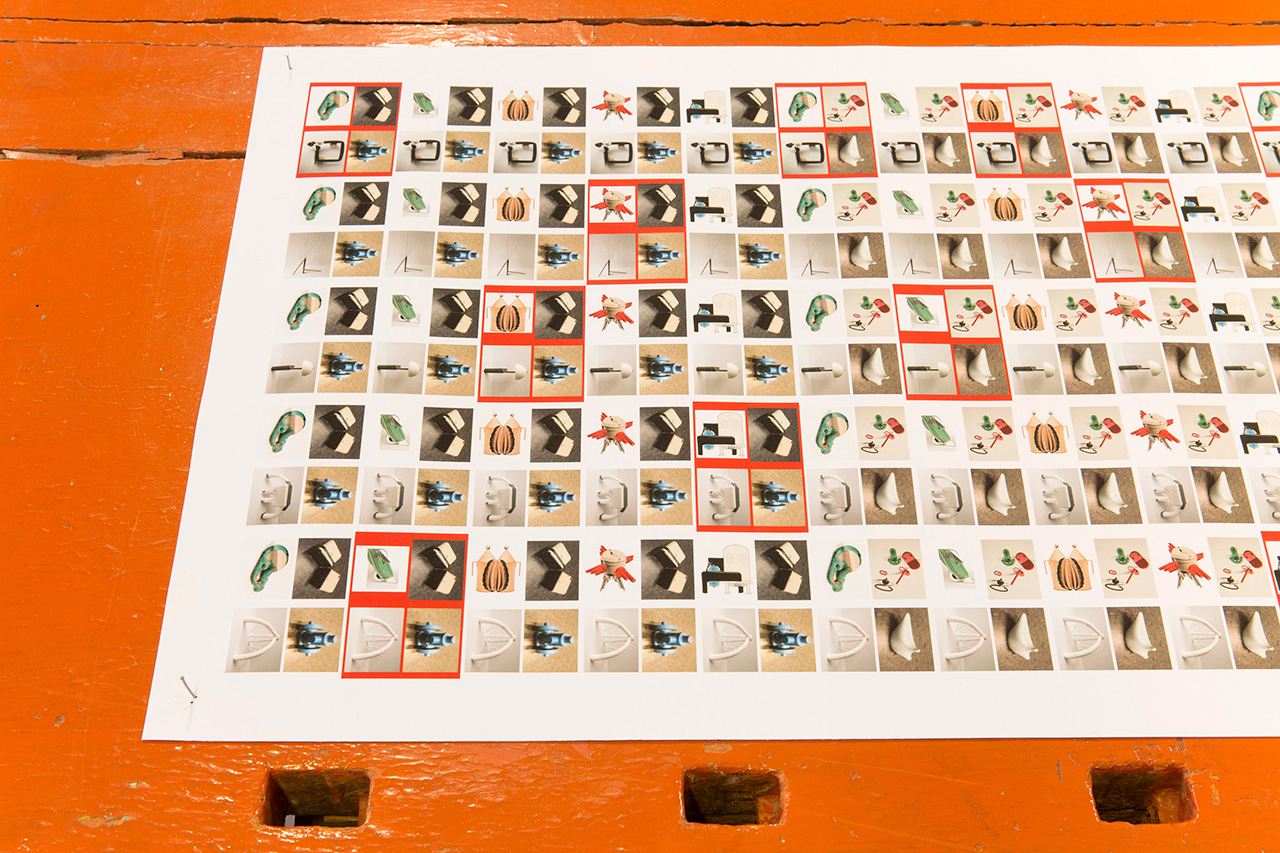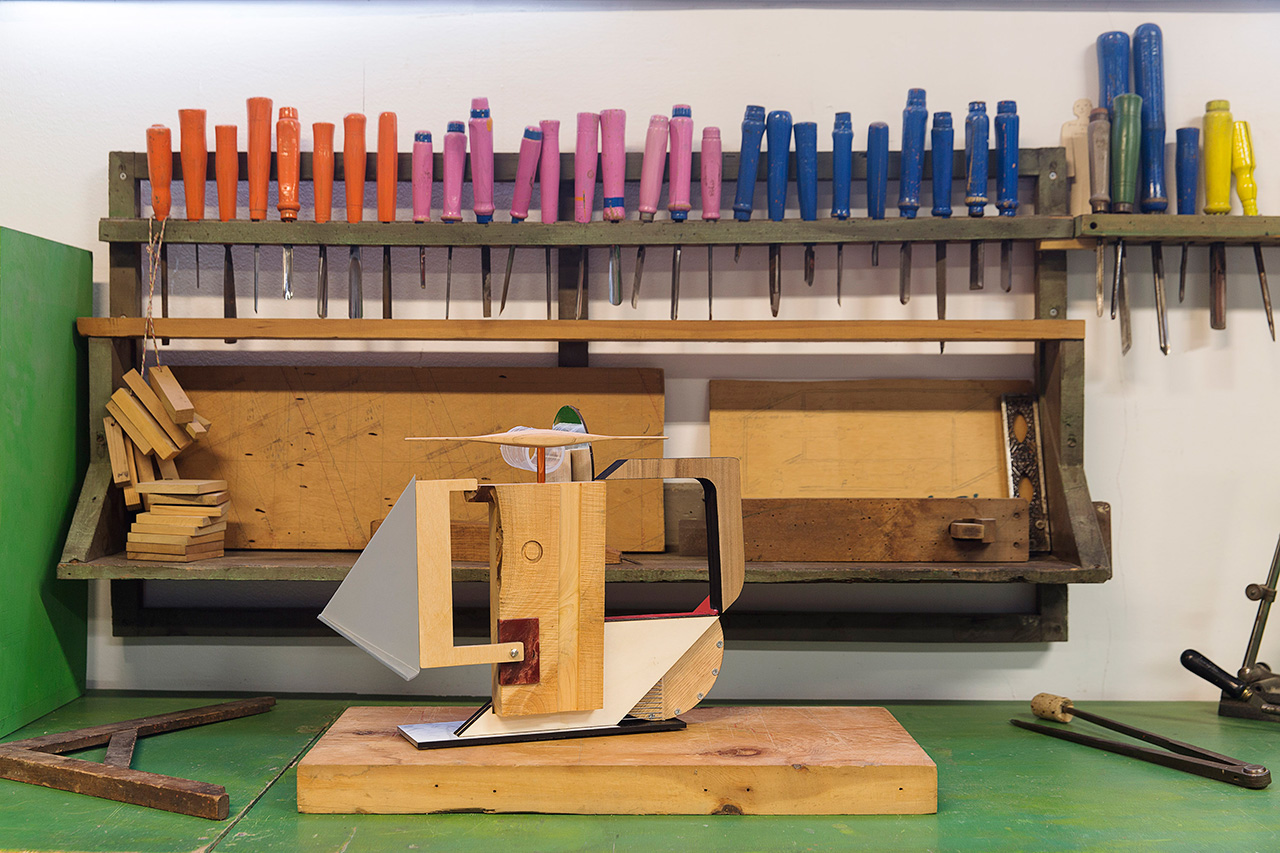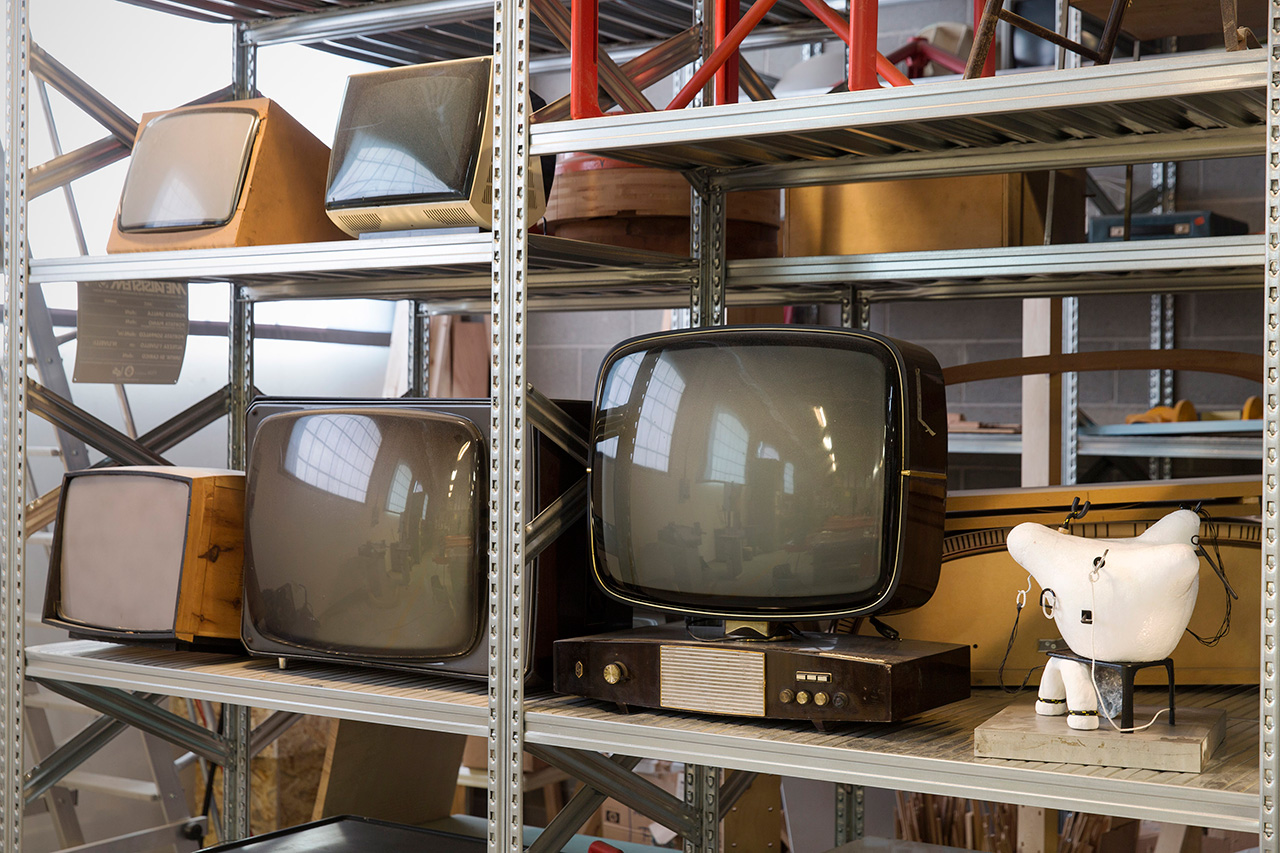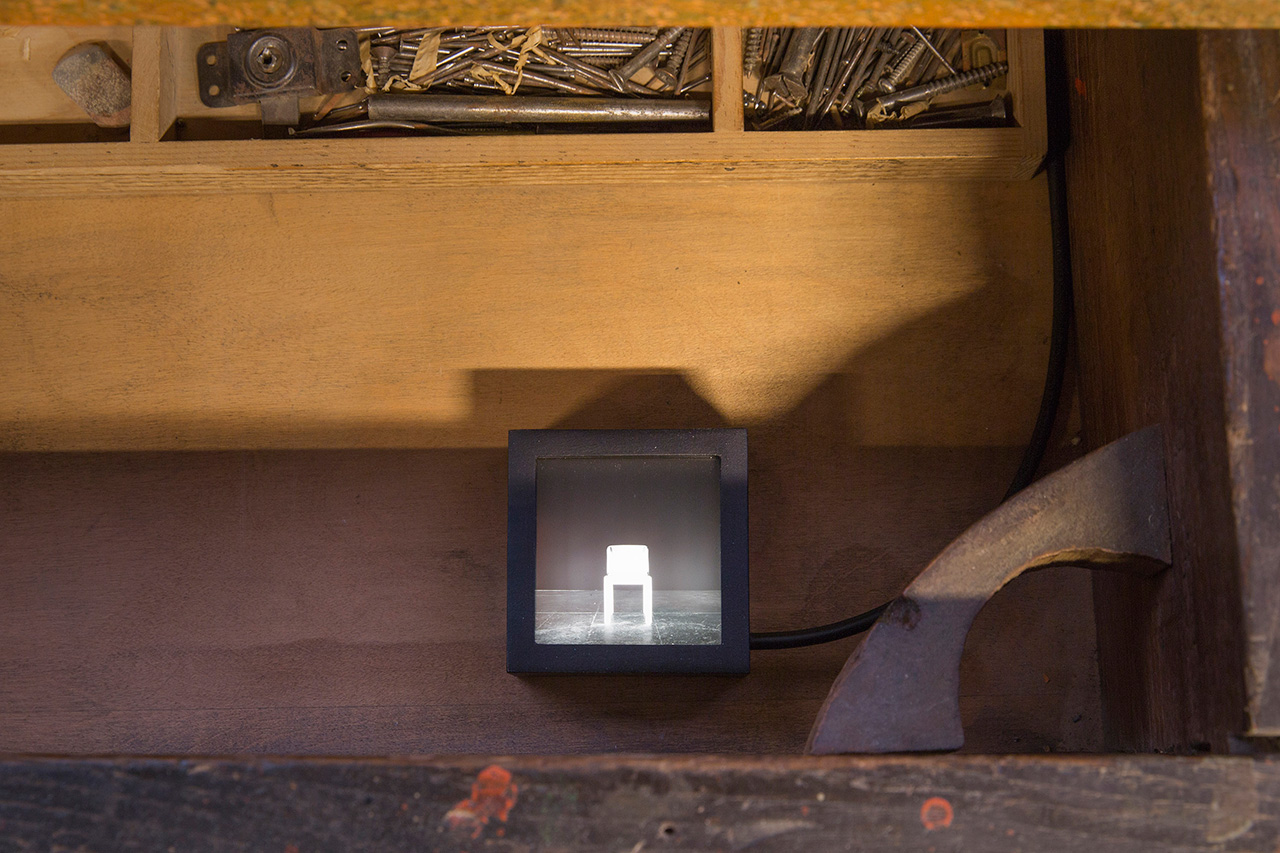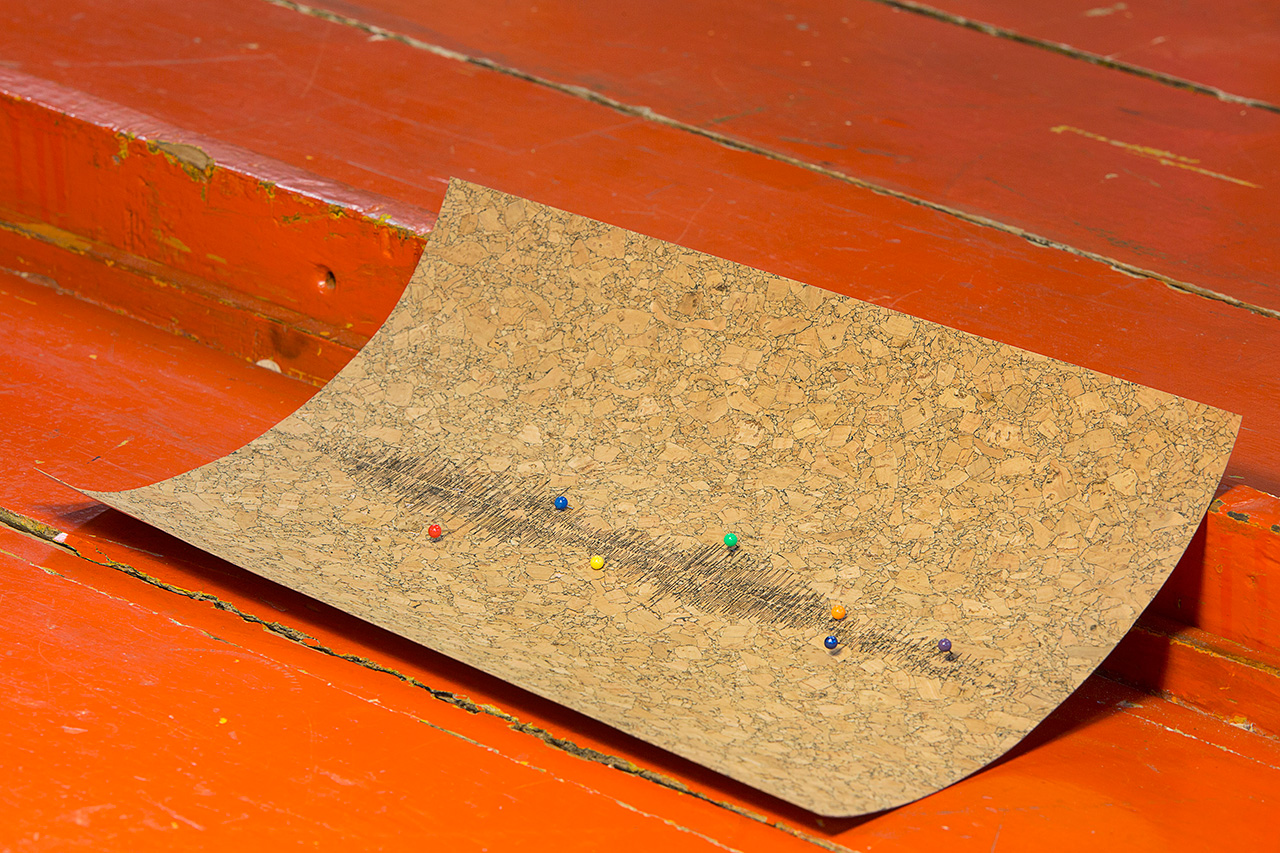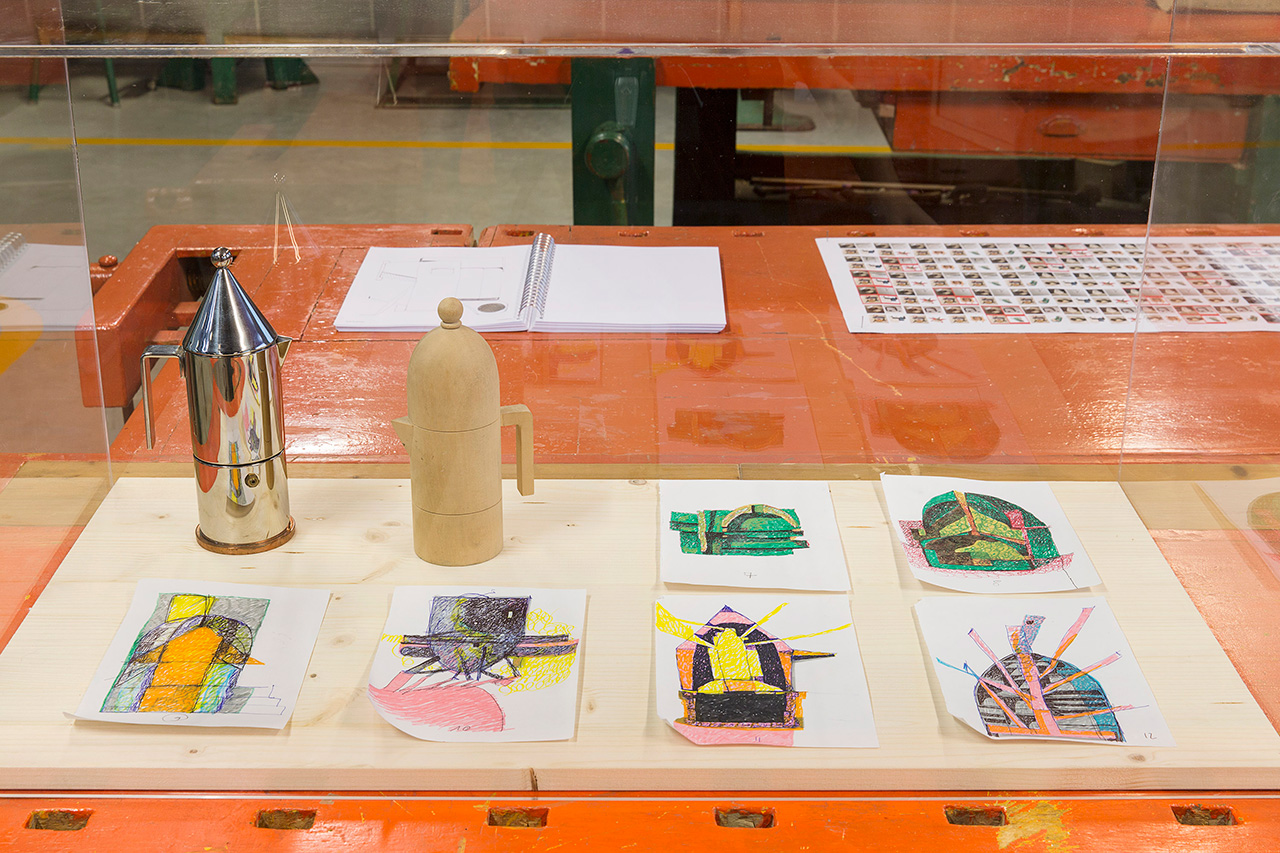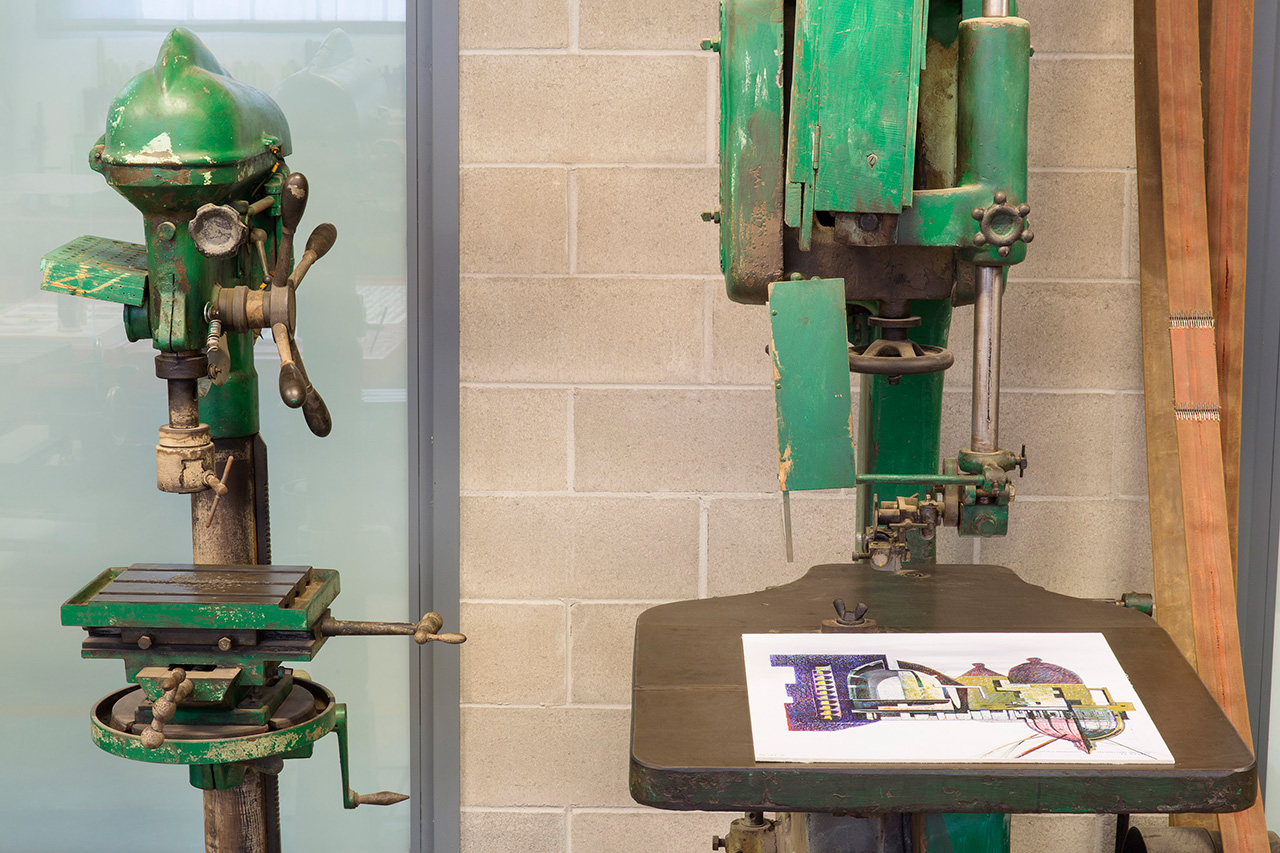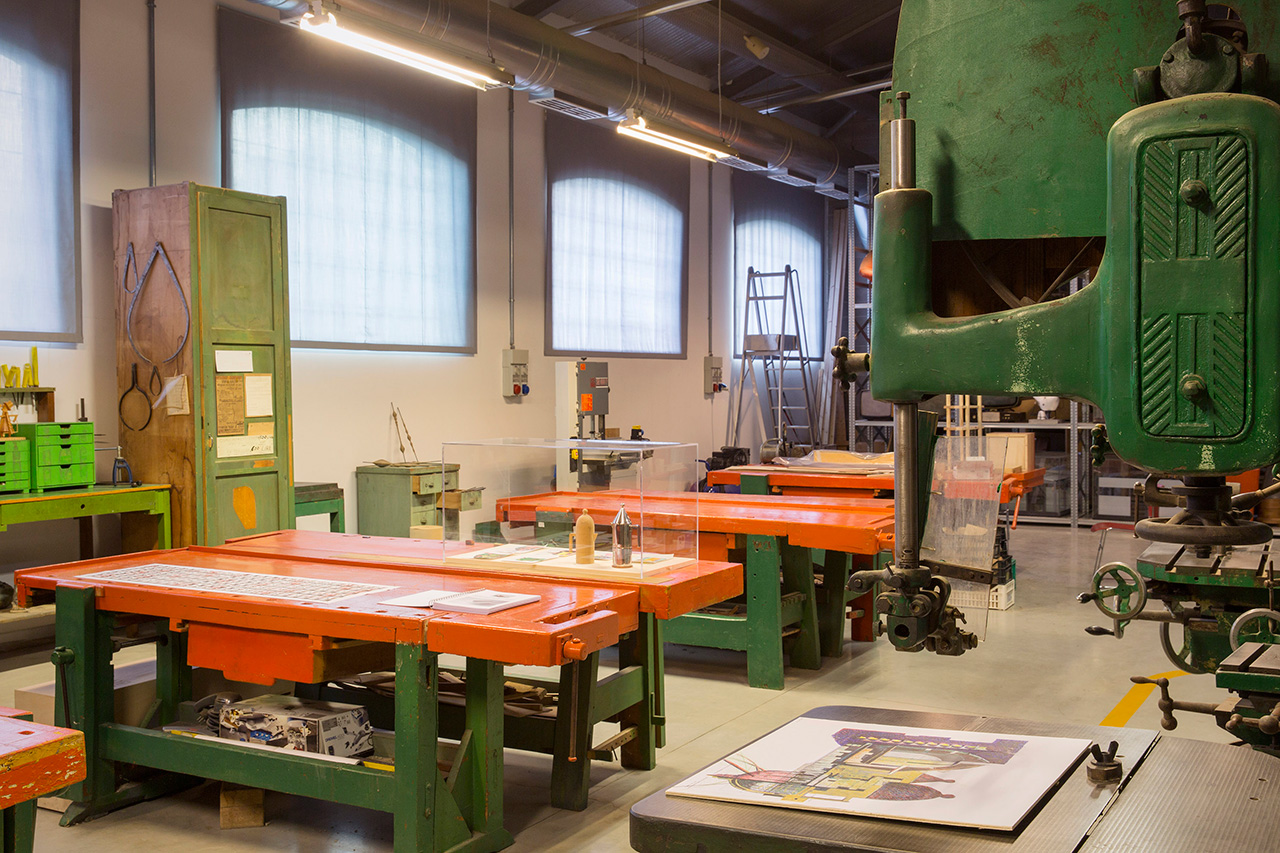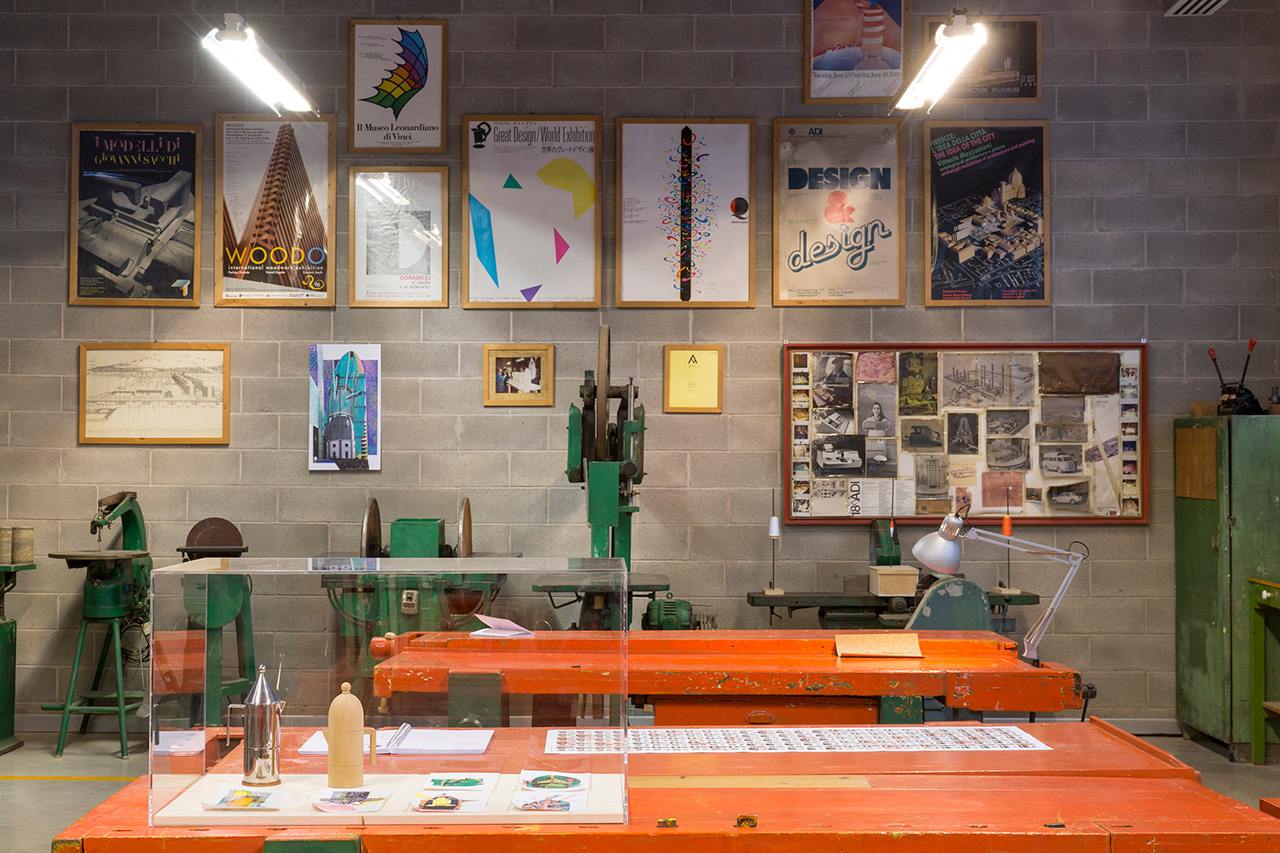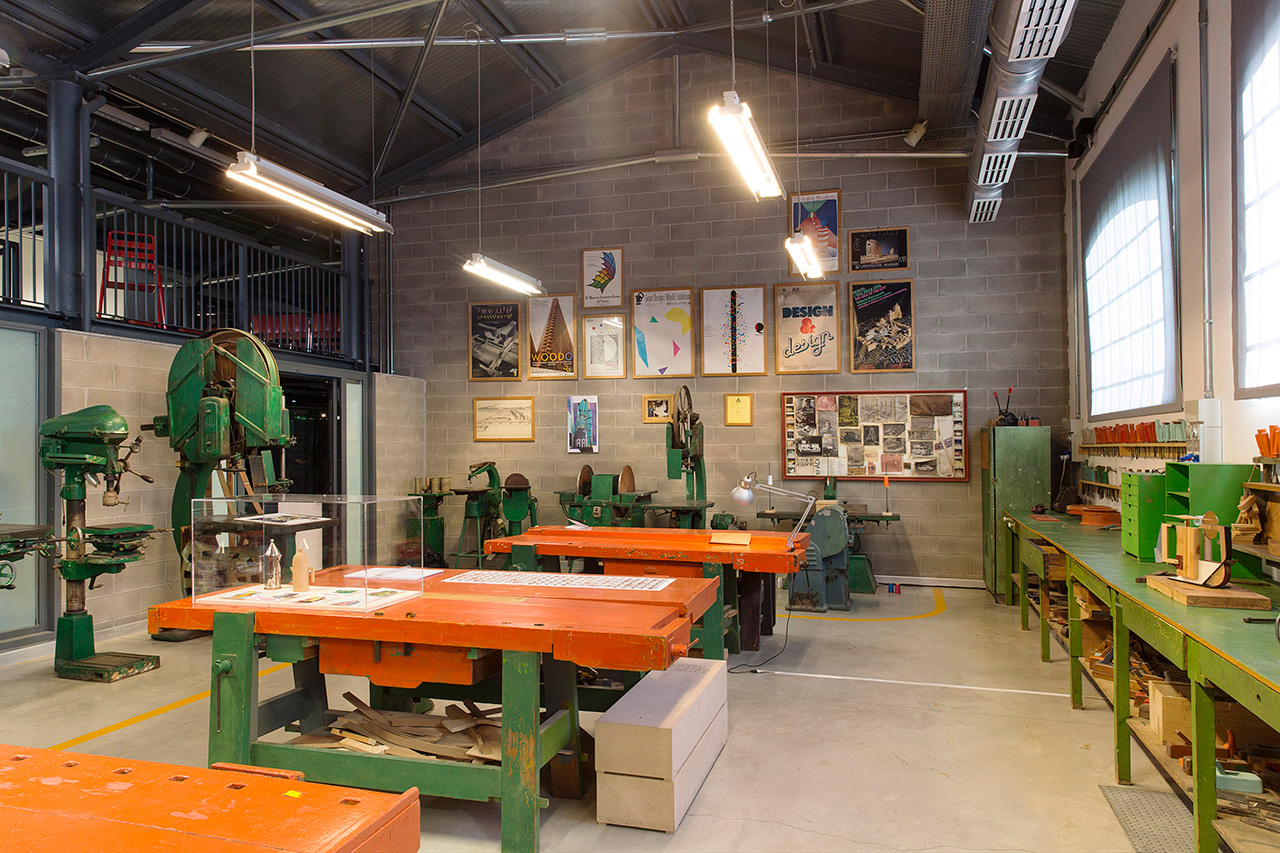In these weeks of isolation and slow recovery, as a collective of curators we have repeatedly questioned what was happening, the opportunity to produce content, the rampant digital inclinations, and prospects for the future. We found ourselves distant, a dimension we are accustomed to since we live in different cities, but which in this moment exposed a deeper and more aware meaning. We reflected on the practice of the collective and, following our usual processes, we sought an exchange with an external figure, including in this reflection the artist Barbara Baroncini.
Our contribution stems from the desire to circulate some considerations, addressing the theme of cure starting from two terms apparently far from this concept: concealment and distance.
Barbara Baroncini: How can I curate if I am concealed and the other can’t see me?
Pierre Dupont: Let's start with us: the name of the collective is the name of a person, a reminder of its human and therefore relational essence. Pierre Dupont is the French equivalent of Mario Rossi - the most common names respectively in France and in Italy-, he can be anyone who wishes to be part of it and, at the same time, implies a condition of concealment within the community.
The concept of existence is for us separate, or should be separated, from the one of visibility. Practicing cure is like exercising one's presence with discretion: standing back can be an attitude not so much of inactivity, absence, or lack of interest, but rather a way of letting others be.
Our work can be positioned in this dimension of “present invisibility”, perceiving cure as a practice of listening, attentive to welcoming all the elements - artists, places, and publics - that constitute a project. Pierre Dupont, an adaptable and inclusive identity, is a first person but plural.
For us, cure is a form of co-existence, of "existing with", immersed in an attitude of appreciation and mutual recognition: practicing concealment to support the idea of a collective existence.
Pierre Dupont: Can distance be a favourable condition for cure?
Barbara Baroncini: 18 meters correspond to the right distance that allows millenary olive trees to live healthily and in virtuous conditions. To understand the amount of space needed by an olive tree, one can use a simple visual method, projecting the maximum height it can reach onto the ground: the greater the radius, the more the development and wellbeing of the tree will increase.
With the work 18 metri (2018) I collected, on a long strip of clay, the soil that I encountered in the 18 meters that separated two millenary olive trees in the Parco Regionale delle Dune Costiere nature reserve of Ostuni (Apulia, Italy). The distance was covered with a performative action, a gesture that became the measurement of a portion of space usually considered marginal and that I wanted to interpret as something to be protected and preserved. As I proceeded, the material added up to form a real sculpture. The final result is the visual exemplification of a still fertile trace of a complex territory, which suffers due to the irreversible changes caused by the excessively close relationship between humankind and the Earth.
I think that in any relationship between humans and nature or between humans, we speak of cure when there is a manifestation of interest in another existence. I believe that any gesture must always be made from the perspective of length, with the idea of taking into consideration everything in between to give it a new dignity, an unprecedented meaning and value. Cure finds fertile ground when it preserves what already exists and accompanies the birth of something that has yet to be achieved. At the base of this ancient peasant knowledge, rooted in the respect for distance, a number is not an expression of quantity but a manifestation of a search for life and collective well-being.
Number of olive trees that can be planted in one hectare of land
Distance mt. 4 x 4 = n. plants 625
Distance mt. 4 x 5 = n. plants 500
Distance mt. 5 x 5 = n. plants 400
Distance mt. 5 x 6 = n. plants 333
Distance mt. 6 x 6 = n. plants 278
Distance mt. 6 x 7 = n. plants 238
Distance mt. 7 x 7 = n. plants 204
Distance mt. 7 x 8 = n. plants 178
Distance mt. 8 x 8 = n. plants 156
Distance mt. 18 x 18 = n. plants 25
Barbara Baroncini (1989), artist. Lives and works in Bologna.
www.barbarabaroncini.com

